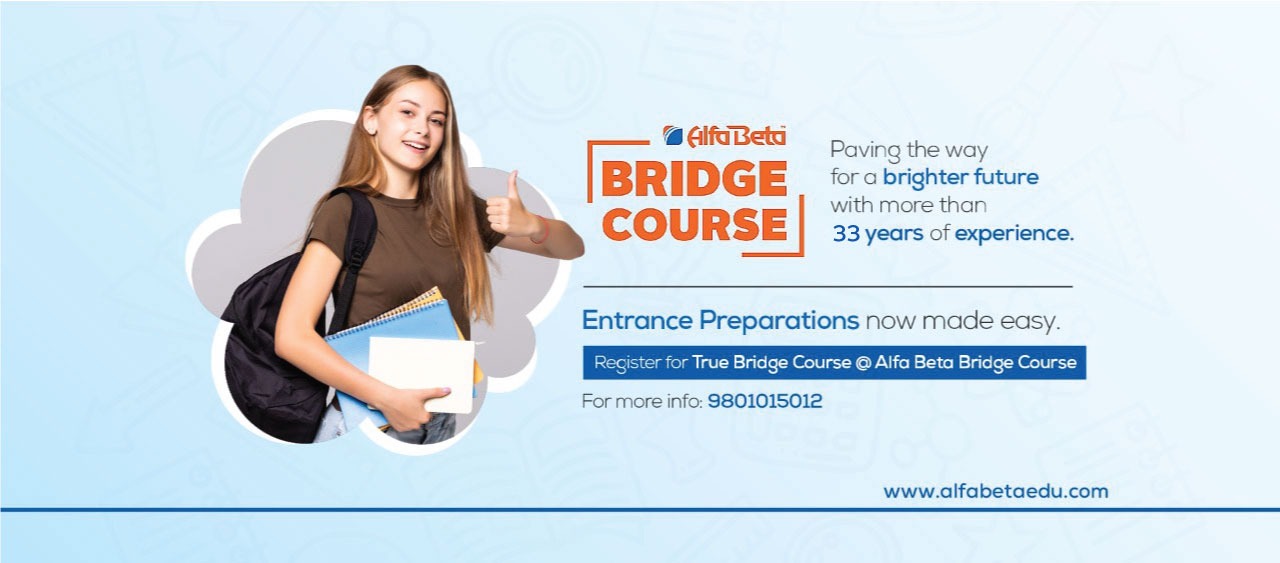
The Evolution of Bridge Courses in Nepal: Adapting to New Challenges
By now, the concept of bridge courses has transformed to become more popular and relevant because of the growing importance of such a program and also due to the many advancements that have happened since the creation of such a course. Throughout the years, the bridge course has evolved to meet the demands of the students which are always changing due to the education sector being quite dynamic. This has caused the overall quality of the courses to improve and all the changes that have happened up till now have made the bridge course more accessible to the students while also becoming more diverse and specialized.
The Early Days of Bridge Courses in Nepal
Originally, bridge courses in Nepal were confined both in scope and availability. They usually targeted students to strengthen their base in subjects relating to math, science, and English. Held in physical classrooms, these courses would generally include a few local teachers and would be available only to students from urban areas. Even though all the bridge courses may have started from such an unrefined state, the motive of the courses was clear enough that they were able to give students a certain foundation.
Shifting Focus: From General Preparation to Career Orientation
As the focus on the global job market was shifting, so was the focus of bridge courses in Nepal. Rather than simply covering academic basics, the courses began to include career-oriented skills. For example, special courses designed specifically for engineering, medical, and IT hopefuls started to appear, preparing students for entrance exams such as MBBS, BSc Nursing, or BE. In addition, the current bridge courses have stressed soft skills such as communication and critical thinking to allow students to succeed in highly competitive environments.
The Role of Technology in Transforming Bridge Courses
Another significant change that has contributed to the bridge course to be more accessible is how technology has been incorporated into this. Instead of requiring physical presence within the confines of a classroom, the bridge course can now be taken through many online portals that the institutions have adopted into the curriculum. Not only this, but some have also made sure to include a hybrid form of classes so that the students are able to experience and get the best from both worlds. Furthermore, for those students who may like to carry on at their own pace, the existence of tools like virtual classrooms, recorded lectures, and interactive study materials have made it possible for them to be able to learn at their own pace. Furthermore, adaptive learning technologies are being used to personalize study plans, addressing individual strengths and weaknesses.
The Road Ahead: Meeting Future Needs
As Nepal adjusts to modern-day international educational trends, bridge courses are bound to transform further. Both new fields such as data science and AI, and issues like sustainability are going to shape the curriculum that keeps students competitive in a world that is ever-evolving. This is also expected to bring global standards in the bridge courses through collaboration with international institutions, thus opening wider avenues for the students to pursue educational and career opportunities abroad.
Finally, in the ultimate analysis, bridge courses in Nepal have come a long way from where they started. Today, these courses play an extremely important role in shaping the academic and professional future of students in the country. With each new challenge bringing out further evolution in them, bridge courses do not merely bridge gaps in academics; instead, they are helping Nepali youth to dream big and think big.
